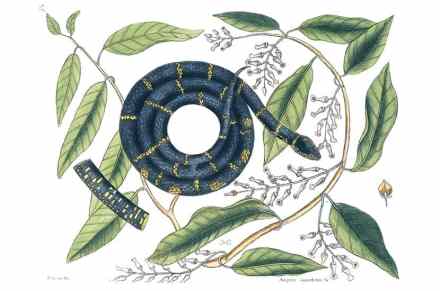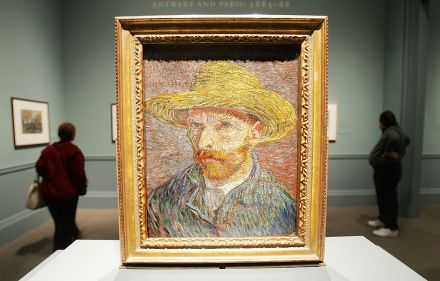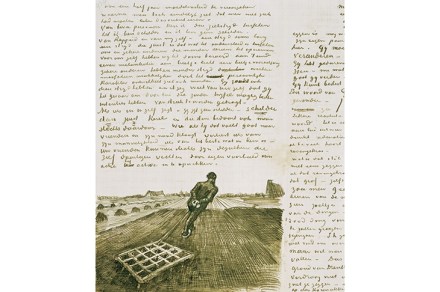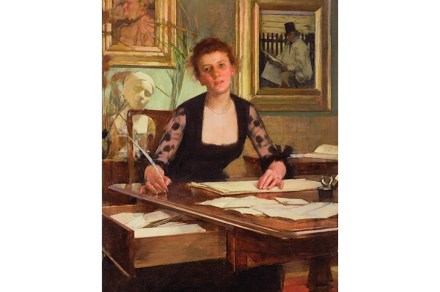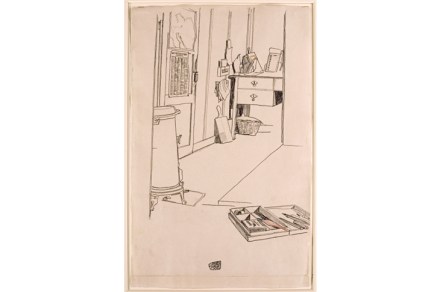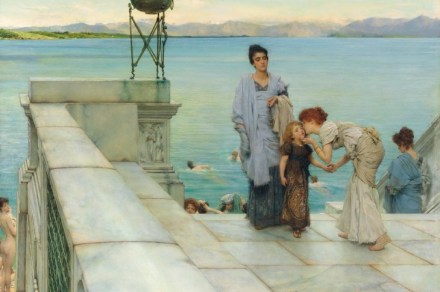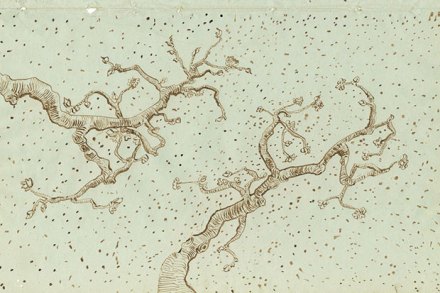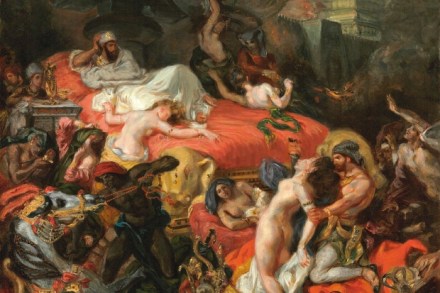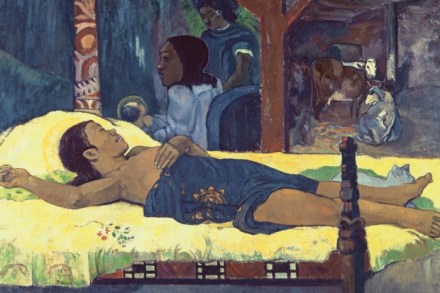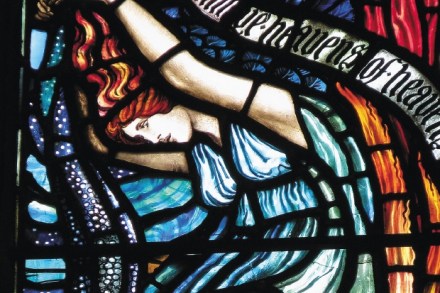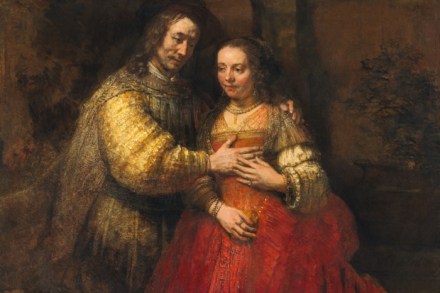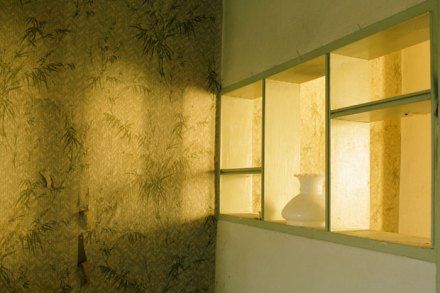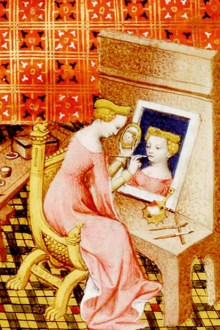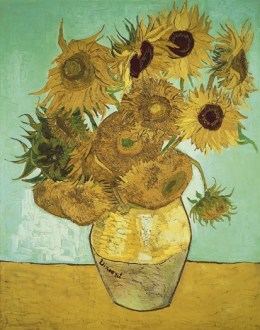A celebration of natural wonders: the best of the year’s art books
If one of the purposes of art is to help us see the world around us, then Sebastião Salgado’s photographs in Amazônia (Taschen, £100) does so in the most spectacular way imaginable. Not only are they ravishing in themselves; they show us sights that very few have ever seen. To take these shots, Salgado trekked deep into the rainforest, sailed the rivers, visited remote tribes and flew over the vast terrain in the helicopters of the Brazilian air force. During those flights he saw immense vistas over trees, billowing cloudscapes and snaking rivers covering an area larger than the EU. The resulting pictures, all the more powerful for being in
